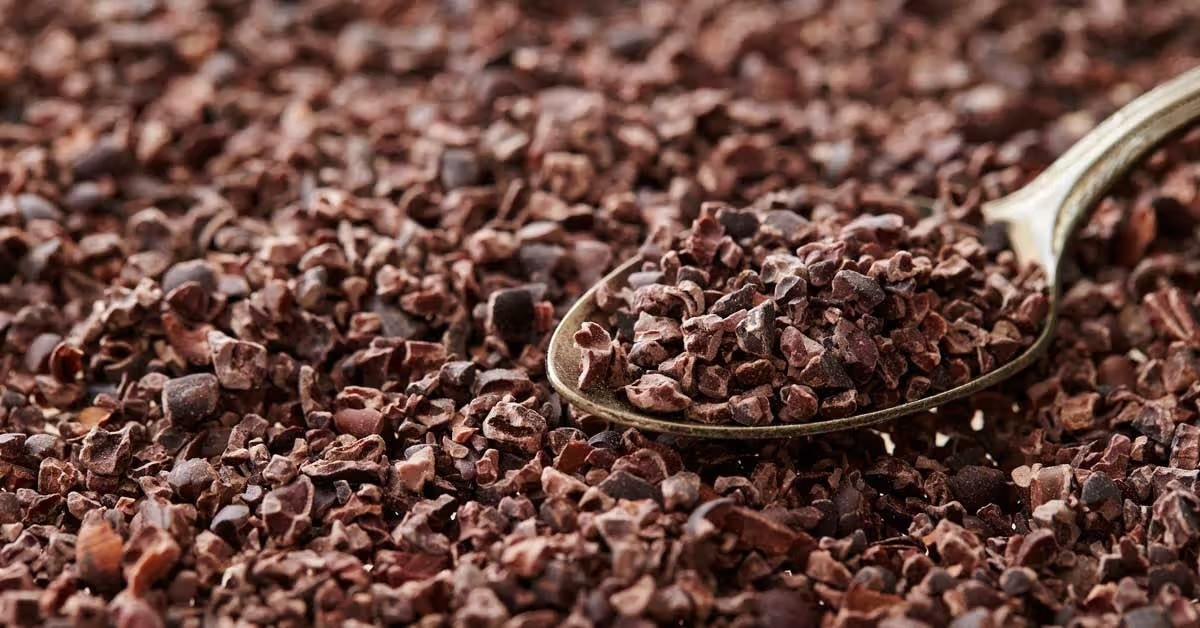Cacao has long been celebrated for its rich flavor and numerous health benefits, but one common question often arises: Does cacao have caffeine? The simple answer is yes, cacao does contain caffeine, but it’s important to understand the specifics of this content, how it compares to other sources of caffeine like coffee, and the overall effects on the body. In this article, we’ll explore the caffeine content in cacao, its comparison to coffee, and the impact of other compounds present in cacao.
What is Cacao?
Before delving into its caffeine content, it’s essential to understand what cacao is. Cacao refers to the raw, unprocessed form of chocolate. It is derived from the seeds of the Theobroma cacao tree. These seeds, often called cacao beans, are dried and fermented to produce various cacao products, including cacao nibs and cacao powder.
Cacao vs. Cocoa
It’s important not to confuse cacao with cocoa. While both come from the same source, cocoa is processed at higher temperatures, which reduces its nutritional value. Cacao, being less processed, retains more of its natural nutrients and antioxidants.
Caffeine in Cacao: How Much is There?
Yes, cacao does contain caffeine, but the amount is relatively modest compared to other common sources. According to the USDA, cacao powder contains about 12.4 milligrams of caffeine per tablespoon. Similarly, a tablespoon of cacao nibs has approximately the same amount of caffeine as the powder form.
Comparing Cacao to Coffee
To put this into perspective, an eight-ounce cup of drip coffee contains between 70 to 120 milligrams of caffeine. This means that cacao contains significantly less caffeine than coffee. Here’s a quick comparison:
- One tablespoon of cacao powder: 12.4 milligrams of caffeine
- One eight-ounce cup of drip coffee: 70-120 milligrams of caffeine
For those who are caffeine-sensitive, the lower caffeine content in cacao may be a preferable option. However, it’s still important to be mindful of consumption levels, especially if you are particularly sensitive to caffeine.
Theobromine: Another Energizing Compound in Cacao
While caffeine is the most well-known stimulant, cacao also contains another compound called theobromine. Theobromine is chemically similar to caffeine but has a milder effect on the central nervous system. It can provide a gentle energy boost without the jitteriness that caffeine can sometimes cause.
The Benefits of Theobromine
Theobromine has several benefits:
- Milder Stimulant: It provides a smoother, longer-lasting energy boost compared to caffeine.
- Mood Enhancement: Theobromine can enhance mood and has been linked to feelings of well-being.
- Heart Health: It can improve heart health by relaxing blood vessels and reducing blood pressure.
Health Benefits of Cacao
Beyond its caffeine and theobromine content, cacao is packed with other health benefits. Here are some reasons why cacao is considered a superfood:
Rich in Antioxidants
Cacao is loaded with antioxidants, particularly flavonoids, which help combat oxidative stress and reduce inflammation. These antioxidants can protect against chronic diseases and promote overall health.
Nutrient-Dense
Cacao is a good source of several essential nutrients, including:
- Magnesium: Important for muscle and nerve function, heart health, and bone strength.
- Iron: Vital for blood health and preventing anemia.
- Fiber: Aids in digestion and promotes gut health.
Mood Booster
Cacao contains compounds that can enhance mood, including serotonin, dopamine, and anandamide. These compounds interact with neurotransmitters in the brain to promote feelings of happiness and well-being.
Using Cacao in Your Diet
Given its health benefits and lower caffeine content, incorporating cacao into your diet can be a great way to enjoy its positive effects. Here are some simple ways to add cacao to your daily routine:
Smoothies
Add a tablespoon of cacao powder to your morning smoothie for a delicious chocolate flavor and a nutritional boost.
Baking
Use cacao powder in your baking recipes to create healthier versions of your favorite treats. It can be used in cakes, brownies, and cookies.
Hot Beverages
Make a hot cacao drink by mixing cacao powder with warm milk or a milk alternative. Sweeten with a bit of honey or maple syrup if desired.
Cacao Nibs
Sprinkle cacao nibs on yogurt, oatmeal, or salads for a crunchy texture and a boost of nutrients.
Caffeine Sensitivity and Cacao Consumption
For individuals who are sensitive to caffeine, it’s important to monitor your cacao consumption. While the caffeine content in cacao is relatively low, consuming large amounts can still add up. Here are some tips for managing caffeine intake:
Start Small
If you’re new to cacao, start with small amounts to see how your body reacts. Gradually increase your intake as you become more comfortable.
Balance Your Diet
Ensure that you’re balancing your cacao intake with other foods and beverages that are low in caffeine. This will help you manage your overall caffeine consumption.
Pay Attention to Your Body
Listen to your body and be mindful of any symptoms of caffeine sensitivity, such as headaches, jitters, or difficulty sleeping. Adjust your intake accordingly.
Conclusion
Cacao is a nutritious and delicious superfood that contains caffeine, but in much smaller amounts than coffee. Its theobromine content provides a gentle energy boost and numerous health benefits, making it an excellent addition to a balanced diet. Whether you enjoy it in smoothies, baked goods, or hot beverages, cacao can enhance your health and well-being without the high caffeine content of coffee.
By understanding the caffein’e content and health benefits of cacao, you can make informed choices about incorporating this superfood into your diet. So go ahead, indulge in some cacao, and enjoy the myriad benefits it has to offer!







